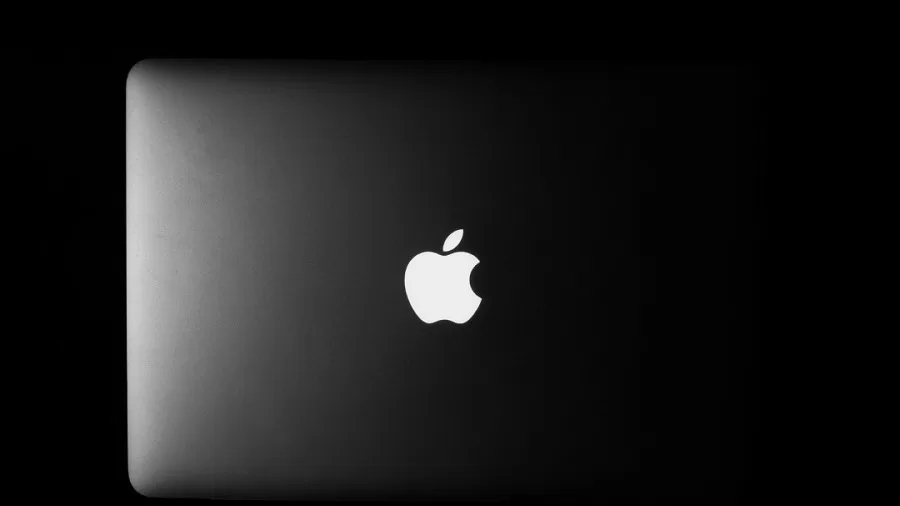Technology
Apple Quietly Discontinues Flagship Device Amid Disappointing Sales

- Apple quietly discontinued its flagship device, citing disappointing sales and increasing market competition.
- The device struggled due to its high price point, market saturation, and feature overlap with other products.
- This move reflects Apple’s strategic shift toward focusing on innovations that better align with consumer needs and preferences.
Apple, a brand synonymous with innovation, has quietly discontinued one of its flagship devices, sparking curiosity among tech enthusiasts and industry experts. This decision follows disappointing sales, raising questions about what went wrong and what it signals for the company’s future direction.
The Decision to Discontinue
Apple is known for making bold decisions to refine its product lineup. However, the quiet discontinuation of a flagship device hints at deeper challenges in connecting with its loyal customer base. Despite boasting impressive features and a sleek design, analysts argue that the device failed to secure a significant market share in a highly competitive and saturated market.
Why Did Sales Falter?
Several factors contributed to the device’s underperformance. Despite Apple’s strong reputation for innovation and effective marketing, this particular product struggled due to:
- High Price: In a market where affordability plays a key role, the premium price likely discouraged potential buyers.
- Market Saturation: Competing brands offered similar features at more affordable prices, intensifying the competition.
- Limited Differentiation: Many experts pointed out that the device didn’t offer enough new features compared to previous models or other Apple products, making it less enticing for customers to upgrade.
Apple’s Track Record for Bold Moves
Apple has a long history of making bold and decisive moves, especially when it comes to discontinuing products that no longer align with its vision or market needs. This recent move is just another example of the company’s willingness to cut ties with underperforming products, despite their initial potential. For instance, the iPod Touch, once a game-changing device in its time, was quietly discontinued as consumer preferences shifted toward more multifunctional devices, such as the iPhone. This strategic decision to focus on more promising innovations demonstrates Apple’s commitment to staying ahead in the fast-evolving tech industry.
What’s Next for Apple?
Apple’s decision to retire the smartphone isn’t a setback but a recalibration of its strategy. The company is expected to shift its focus toward innovations that more closely align with consumer needs. Upcoming product releases, particularly in wearables and augmented reality, are anticipated to capture consumer interest and reinforce Apple’s position as a leader in cutting-edge technology.
The Bigger Picture
Apple’s quiet discontinuation of a flagship device underscores the reality that even industry leaders must adapt to rapidly changing market dynamics. It’s a reminder that consumer preferences and the competitive landscape can influence the fate of even the most established brands.
As Apple moves on from this device, the tech world is left wondering what’s next. Whether it’s a revolutionary new product or the refinement of existing technologies, one thing is certain: Apple’s commitment to innovation and pushing technological boundaries remains unwavering.






















































